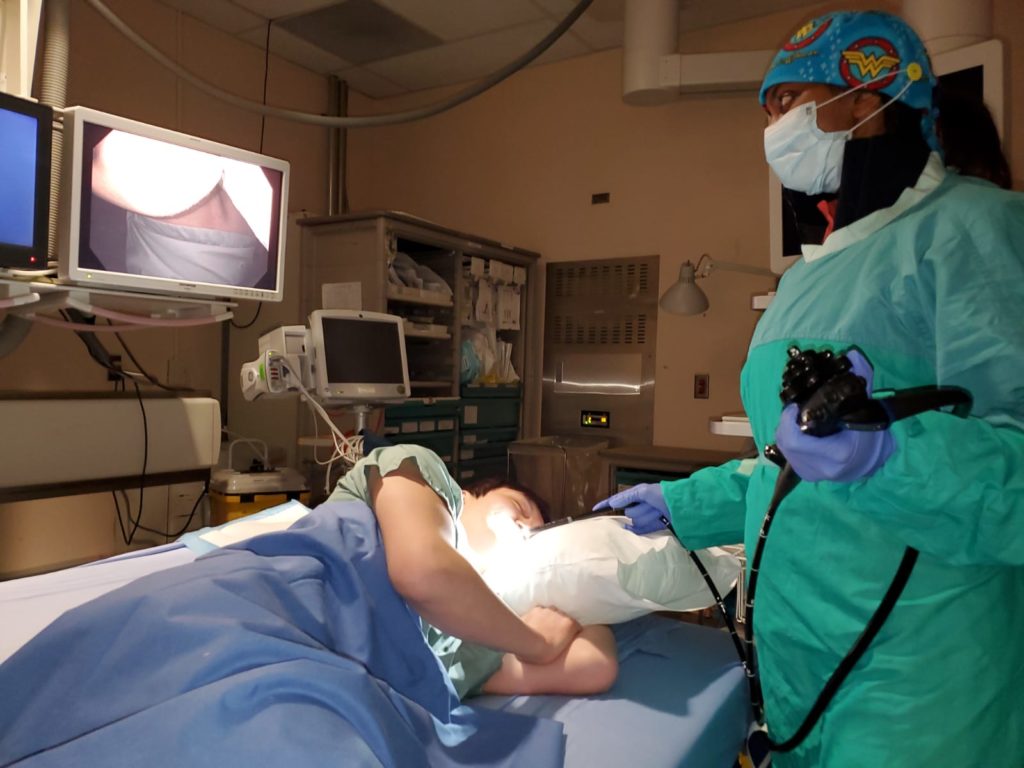Things You Need To Know About Endoscope As A Medical Monitor

Pain, heartburn, and burning are common symptoms of several health problems in the abdominal region. They can be a sign of bad habits or even severe illnesses such as ulcers and tumors. In all these cases, it is recommended to perform endoscopy for correct diagnosis.
Endoscopy is used to examine the lining of the oesophagus, stomach, and duodenum, the first part of the small intestine.
Although very common, people still have many questions about endoscopy. That’s why we’ve listed eight things you need to know about this exam. Come on?
What Is Endoscopy?
Upper digestive endoscopy is an imaging exam performed by a device called an endoscope which are medical monitors. It is a flexible tube, measuring approximately one meter and one centimetre in diameter.
It contains a micro camera at the tip, which transmits images from the digestive tract to a monitor. Thus, the physician can view and analyse simultaneously, with the record also being made on video or photos.
What Is The Exam For?
Endoscopy is a very comprehensive exam, which can detect several diseases of the digestive tract, such as:
- gastritis;
- oesophagi’s;
- celiac disease;
- gastric ulcers;
- ulcers in the duodenum;
- Crohn’s disease;
- gastroesophageal reflux disease;
- narrowing of the oesophagus;
- tumors and cancers in the esophagus, stomach, or duodenum.
The test can also be used to identify Helicobacter pylori, the bacteria that cause most infections and ulcers in the digestive tract. In addition, it can be indicated to monitor the development of other existing diseases.
The doctor will check the general condition of the esophagus, stomach, and duodenum, which should have a smooth, uniform texture and a pink color. This region cannot have any bleeding, inflammation, or specific changes. Otherwise, it is necessary to perform a biopsy to remove a small portion of tissue to be analyzed in the laboratory.
How Is Endoscopy Performed?
The patient is placed on a stretcher, lying on his side on left side of the body. Then, the analgesics and sedatives necessary for the procedure are applied to the vein. The type and quantity will be determined by the physician, according to the characteristics of each patient.
In the case of children, for example, general anaesthesia is performed. On the other hand, adults can be anything from calmer, just with a tranquilliser, to completely unconscious. If you prefer, you can still not receive any sedation.
After sedation, a plastic mouthpiece is placed in the patient’s mouth, through which the tube is inserted. An oxygen catheter can also be used under the nose when the person has difficulty breathing only through the nasal passages.
The endoscope is inserted into the digestive tract, initiating endoscopy. It is swift, lasting 5-10 minutes. However, you have to wait about half an hour in a recovery room to wait for the sedation to wear off.








